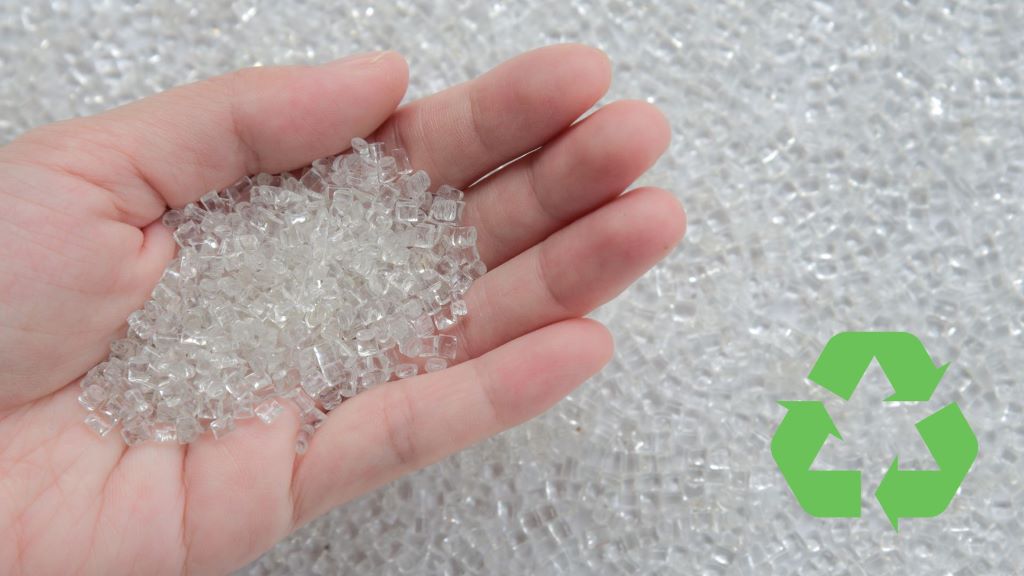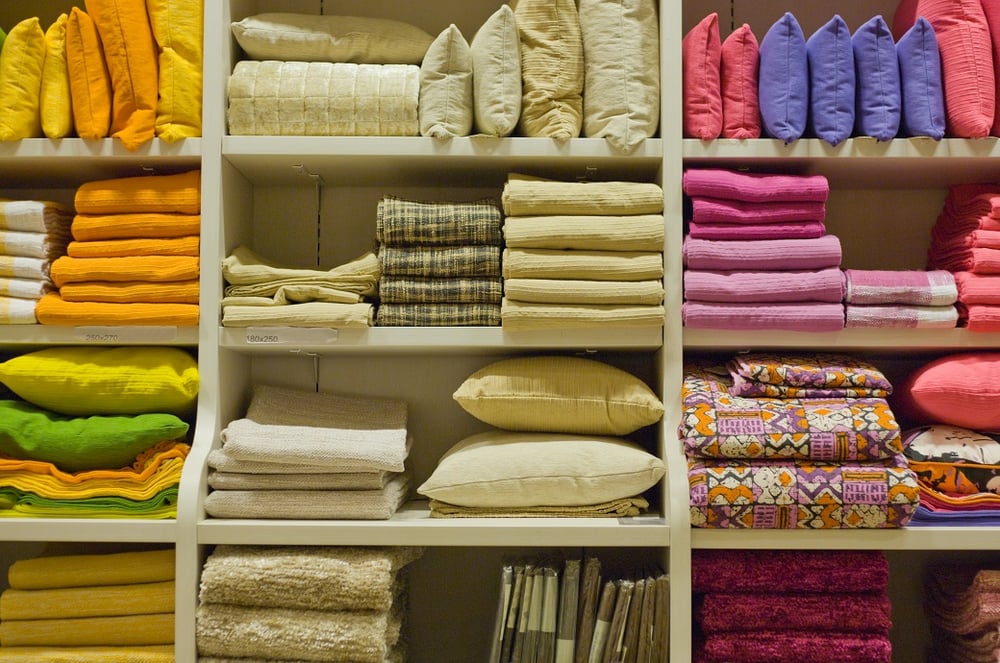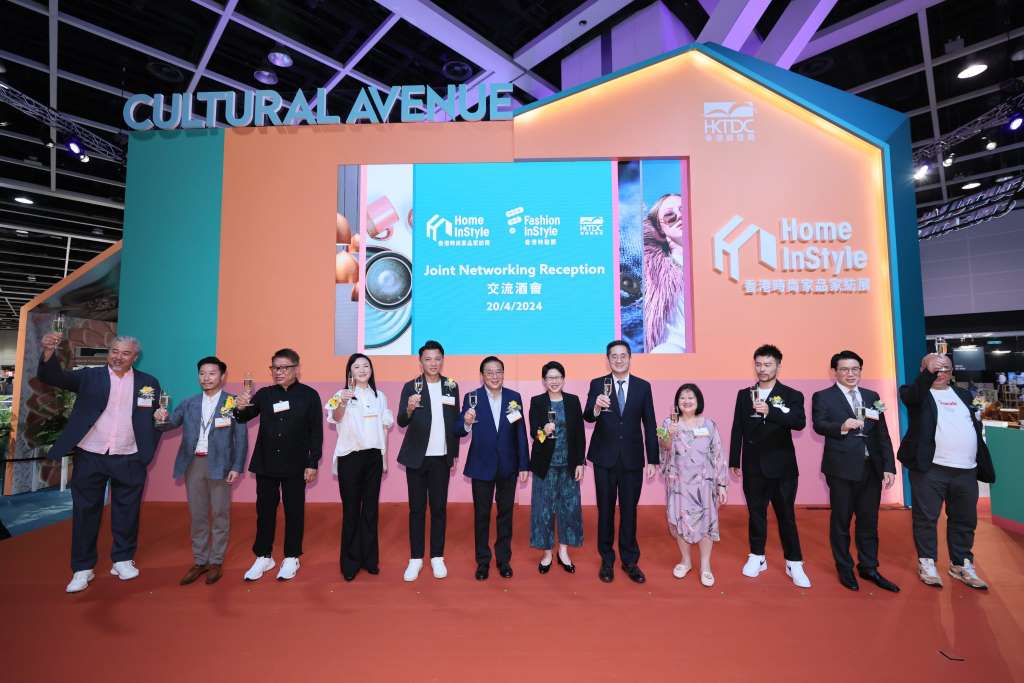"Textile dyeing is the second-largest polluter of clean water globally. Polyester microfibres add to the ever-growing volumes of plastic in the environment. As most garments are non-biodegradable, they present serious threats to our oceans and wastelands. Growing cotton increases the impact of toxic chemicals in agriculture. In the past 20 years, consumer purchases have increased by 60 per cent. And almost 80 per cent of these discarded textiles end up at landfills. Only 20 per cent of clothing globally is reused or recycled, and less than 1 per cent collected clothing is recycled."
 For a long time it’s been difficult to find synergies between the fashion industry and international development arena. While one is focused on trendsetting and design the other emphasises on poverty alleviation, peace and security. More recently however, there has been visible collaboration on the sustainability agenda.
For a long time it’s been difficult to find synergies between the fashion industry and international development arena. While one is focused on trendsetting and design the other emphasises on poverty alleviation, peace and security. More recently however, there has been visible collaboration on the sustainability agenda.
Need to tackle unequal distribution of commodities
Textile dyeing is the second-largest polluter of clean water globally. Polyester microfibres add to the ever-growing volumes of plastic in the environment. As most garments are non-biodegradable, they present serious threats to our oceans and wastelands. Growing cotton increases the impact of toxic chemicals in agriculture. In the past 20 years, consumer purchases have increased by 60 per cent. And almost 80 per cent of these discarded textiles end up at landfills. Only 20 per cent of clothing globally is reused or recycled, and less than 1 per cent collected clothing is recycled. The fashion industry needs to be more mindful of diminishing natural resources, environmental pollution and the exploitation of nature, people and animals. It needs to tackle unequal distribution of commodities.
Brands adopt ethical fashion
Ethical fashion encompasses a broader and more rigorous set of criteria for meeting sustainable standards. Ethical fashion brands adhere to human rights and embrace International Labour Organization (ILO) standards, fair compensation to workers, and healthy, safe working environments, and reject sweatshops, child labour and slavery.
In addition, ethical fashion takes fair treatment of animals into consideration. After much criticism from environmental groups, big fashion houses like LVMH, Furla and Michael Kors have substituted fur and leather with alternative animal-friendly materials. Stella McCartney, an industry leader, has shown commitment to disruptive fashion innovation. Her brand has shifted to ‘vegan fashion’, using fungi instead of leather, and replacing silk with yeast proteins.
groups, big fashion houses like LVMH, Furla and Michael Kors have substituted fur and leather with alternative animal-friendly materials. Stella McCartney, an industry leader, has shown commitment to disruptive fashion innovation. Her brand has shifted to ‘vegan fashion’, using fungi instead of leather, and replacing silk with yeast proteins.
Transparency to change fashion business
Consumers are demanding transparency in policies, supply chains, business models, and labor and environmental practices from brands. This will not only lead to more accountability but ultimately change the way the fashion business is conducted.
As Thomson Reuters Environmental, Social, Governance (ESG) data shows, sustainability practices of many fashion houses are not on par. Burberry’s latest annual financial report states that “the cost of finished goods physically destroyed in the year was £28.6 million.” The brand admitted destroying raw materials in order to fight counterfeit goods and probably also to avoid having their products end up in a discount pile, which would tarnish the brand’s image of exclusivity.
Circular design approach to restore sustainability
To make fashion sustainable, brands should move away from the linear system of production, to a circular approach focused on restorative, reformative and transformative design. Fashion houses have been opting for cradle-to-cradle (C2C) initiatives to close the product lifecycle loop for sustainability. Recently, Adidas partnered with Parley to create shoes using ocean waste from beaches. Due to the products’ overwhelming success, companies have decided to ramp up their eco-friendly collaboration with a long-term sustainability framework.
While the fashion industry has been talking about transparency, ethical standards and reducing environmental degradation, it is yet to take concrete action on it. To remain avant-garde, fashion houses need to think beyond the next season and participate in the sustainable fashion revolution.












